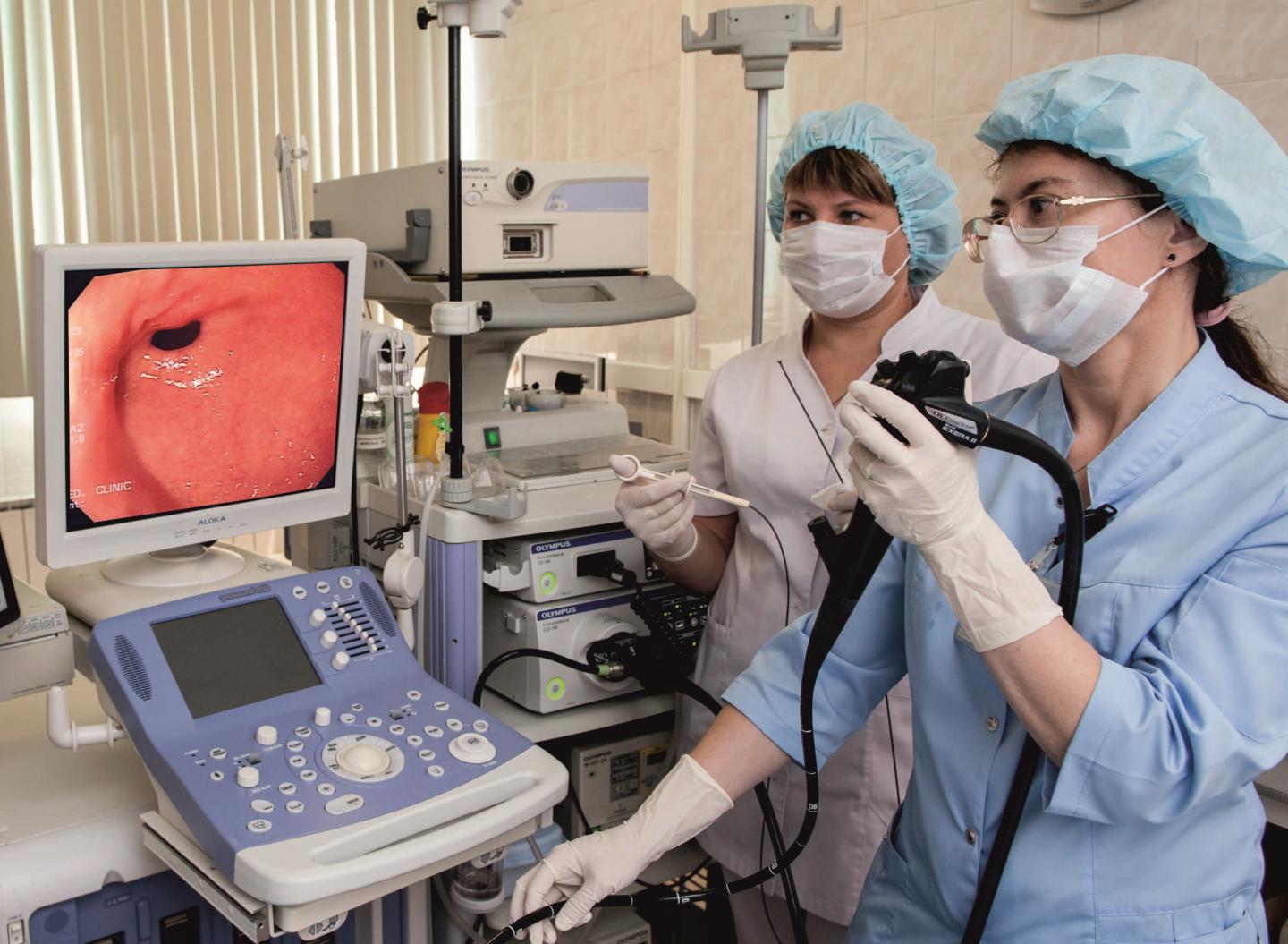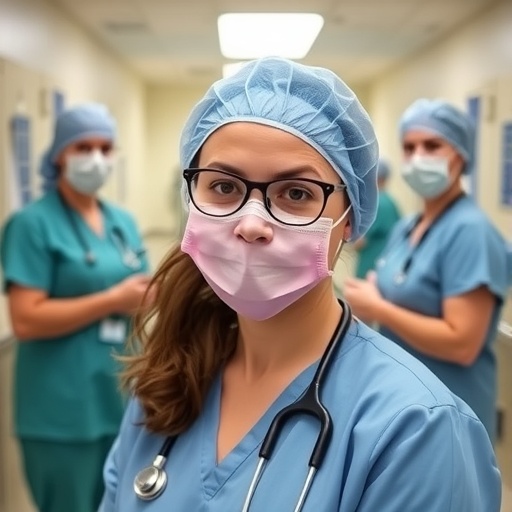Hopkins Medicine Study Says Same-Day Scheduling Yields Higher-Value Care, Saves Money

Credit: With permission from the Privolzhsky Research Medical University, Russia
If your car needs work on its front and rear axles, it’s obviously more convenient, efficient and cost effective to have both repairs done at the same time. Now, researchers at Johns Hopkins Medicine have shown similar benefits from “bundling” upper and lower gastrointestinal endoscopies on the same day to remedy what they say is the “disturbingly” large number of older Americans currently being scheduled for the procedures on two different days.
The research is described in a study in the journal JAMA Internal Medicine.
“Studies of medical procedures look mostly at complication rates to measure quality health care but we also should measure the appropriateness of that care — whether the procedure is overused or altogether unnecessary,” says Martin A. Makary, M.D., M.P.H., senior author of the study, professor of surgery at the Johns Hopkins University School of Medicine and an authority on health care quality. He also serves as principal investigator of Improving Wisely, a national project to lower medical costs in the United States by implementing measures of appropriateness in health care.
“Measuring appropriateness is one of the three underappreciated means of fixing health care, along with addressing pricing failures and improving care coordination,” he adds.
Endoscopy is a procedure in which the gastrointestinal (GI) tract is viewed through a fiber-optic camera known as an endoscope, inserted either through the mouth (upper) to scan the esophagus, stomach and small intestines, or through the anus (lower) to examine the large intestine, colon and rectum.
Where safe and appropriate, it has been shown that same-day scheduling of elective upper and lower endoscopic procedures can help reduce health care costs and avoid potential harm from repeated sedation and blood-drawing. However, the Hopkins Medicine research showed that some physicians routinely split the one-day procedure into two, a pattern that was more common when they have a stake in the endoscopy facility. The second booking of an endoscopy suite results in higher costs from additional physician and facilities fees.
Despite the recognized advantages of same-day scheduling, the Johns Hopkins researchers identified patterns of different-day overuse. This was least common in hospital outpatient departments (HOPDs) while more often seen in ambulatory surgery centers (ASCs, which are free-standing centers focused on providing same-day surgical care) and physician offices.
In a bid to document the scope of the problem, the researchers used Medicare claims data to identify slightly more than 4 million paired procedures (upper and lower endoscopies done on different days for the same patient) performed within 90 days of each other from 2011 to 2018.
Of the total different-day endoscopies performed, 52.5 percent (approximately 2.1 million) were done in hospitals, 43.3 percent (approximately 1.7 million) in surgery centers and 4.2 percent (approximately 167,000) in physician offices. Physicians at HOPDs conducted the lowest overall percentage of different-day procedures at 13.6 percent, while those at ASCs and offices did significantly more at 22.2 percent and 47.7 percent, respectively. Therefore, compared to physicians at HOPDs, those at ASCs were 1.6 times more likely to schedule different-day procedures and those at physician offices were 3.5 times more likely.
Overall, Makary says, the rates for different-day procedures did decrease in all three venues from 2011 to 2018, but the drop was less than 10 percent for each. He says this suggests that the low-value care associated with these rates was not significantly improved over the seven years.
The study also found that patients getting different-day procedures at ASCs and physician offices were slightly older than those at HOPDs. Patients treated at physician offices were more likely to reside in metropolitan areas and live in the northeastern United States. Even after adjusting the measures for patient and physician characteristics, such as sex, age and location, the researchers determined that the odds of undergoing different-day endoscopies were still twice as high for patients seen at physician offices and 1.3 times as high at ASCs compared to those treated at HOPDs.
Perhaps the most surprising finding in the study, Makary notes, was that many physicians would schedule endoscopies differently in different settings. For example, the nearly 1,000 physicians who practiced at both their offices and hospital outpatient departments were more than twice as likely to perform two-day procedures in the former (37.3 percent compared to 15.4 percent).
The Hopkins Medicine researchers theorize that financial incentives, including a share of facilities fees added to professional fees, might be a contributing factor for this trend.
Looking at a single year in the study, 2017, the researchers calculated that reducing different-day procedures to more appropriate numbers (the HOPD rate of 11.2 percent) would have saved about $9.2 million at ASCs and $3.3 million at physician offices.
“Based on the findings of our study, we propose that physicians who have a high rate of scheduling different-day elective upper and lower endoscopies in the same patient be shown their performance data relative to their peers nationally who are caring for a similar population of patients,” Makary says. “This standard should be used as a meaningful measure of low-value care.”
The same-day versus different-day endoscopy study is part of a larger Johns Hopkins Medicine effort to develop, establish and disseminate quality measures that will capture the appropriateness of care and help reduce low-value care in favor of a more patient-centered approach.
“By identifying practices that are not in the best interest of the patient and providing interventions to address them, we can help physicians who are outliers, and in turn, improve the quality of care for the hundreds of patients each one treats,” Makary says. “Physicians, for the most part, want to do the right thing, and measures of appropriateness can help guide them.”
###
Along with Makary, the authors of the JAMA Internal Medicine paper include Peiqi Wang, Susan Hutfless, Eun Shin, Christian Hartman, Sarah Disney, Christopher Fain, Kathy Bull-Henry, Tsion Abidi, Vikesh Singh, and Anthony Kalloo, all of Johns Hopkins, and Daniel Daniels of Peninsula Regional Gastroenterology in Salisbury, Maryland.
Media Contact
Michael E. Newman
[email protected]
Original Source
https:/




